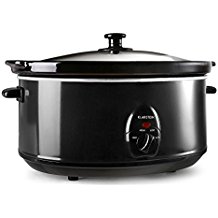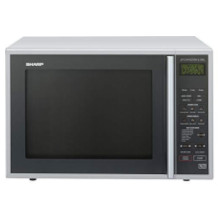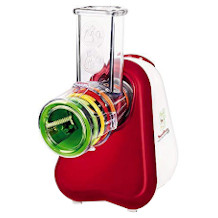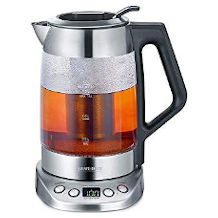Dehydrator purchasing advice: how to choose the right product
- What you need to know
- Automatic dehydrators extract the liquid from food to preserve it.
- Dehydrators can be used on fruit, vegetables, meat, mushrooms and herbs, as well as for bread, crackers, biscuits and even whole meals.
- You can choose between a dehydrator with a drawer system and models with a slide-in system.
- A temperature setting in the range of about 95 to 160 °F (35-70 °C) enables optimal drying of any food.
Aromatic, healthy, and long-lasting
New diets, trends like “snacks-to-go” and the interest in living more sustainably are bringing old cooking methods back to life. One of them is drying food to make it last longer. Dried fruit and vegetable crisps have found their way into shops and homes, dried meat is seen as a readily available source of protein in sports circles, and creative recipes for bread, biscuits and complete meals are enriching the plates of raw foodists.
With an automatic dehydrator, you can dry fruit, vegetables and meat yourself, among other things, or try out a wide variety of recipes. Your own creations are usually healthier and cheaper than products from the supermarket, which often contain ingredients such as sugar, flavorings and preservatives.
What is a dehydrator?
Automatic dehydrators are for gently drying food. The removal of water deprives microorganisms of their breeding grounds, which increases the shelf life of the food. In addition, fruits and vegetables can gain sweetness and aroma.
Dehydrators work using integrated heating elements which heat the interior to a selected temperature. Heated air flows around the dried food, which is placed evenly on several shelves or racks. This allows the food to release moisture into the ambient air more quickly than at room temperature. Most automatic dehydrators also use a temperature interval, so that the dehydration temperature fluctuates continuously by a few degrees. This means that the air absorbs more moisture and less water condenses on the inside walls.
Some professional dehydrators heat the food using infrared rays, while the temperature of the ambient air remains unchanged. Since infrared rays penetrate directly into the food, it dries particularly evenly.
Advantages of dehydrators
A dehydrator can be used to preserve many different types of food. Drying is done gently at low temperatures, which preserves important vitamins and nutrients. Unlike dried products from the supermarket, you know exactly where your dried food comes from and what it contains. Dehydrators are a great additional method alongside canning and preserving if you’ve grown a lot in your home garden. Since raw meat can also be dried, you can easily make tasty snacks for your pet.
While dehydrating is also possible in the oven and simply in room temperature air, dehydrators are much more efficient. They use less electricity than an oven and can accurately maintain the desired temperature throughout so that the food dries evenly. Ovens struggle to maintain low temperatures, which can lead to uneven drying. In addition, if you wanted to use your oven for drying, it would mean you couldn’t use it for anything else. This is an issue since strawberries take up to 18 hours to dry, for example. Compared to air drying, the drying time in a dehydrator is much shorter and the food won’t be vulnerable to contamination.
Since dehyrators are quite energy efficient, dehydrating fresh food is far cheaper than buying industrially prepared dehydrated goods.
One appliance, many possibilities
Drying fruit, vegetables, herbs, mushrooms as well as meat and fish is one of the oldest preservation methods. Typical dried fruits include apricots, apples, dates, bananas, figs and plums. Exotic fruits such as mango and pineapple as well as berries are also excellent for drying. Tomatoes, mushrooms and vegetables such as onions and peppers are also popular. Dried herbs are a great way to elevate cooked dishes or salads. You can season or marinate meat and fish before dehydrating to intensify the flavour.
If you want to prepare healthy snacks for work or on the go, you will find a wide range of recipes online, for example for muesli bars, fruit slices, vegetable crisps or biscuits. Followers of raw food cuisine use dehydrators to prepare foods such as breads, cakes, crisps and crackers at temperatures below 110 °F (43 °C). These particularly low temperatures during dehydration guarantees raw food quality, which means that all nutrients, vitamins and minerals – even sensitive ones – are preserved.
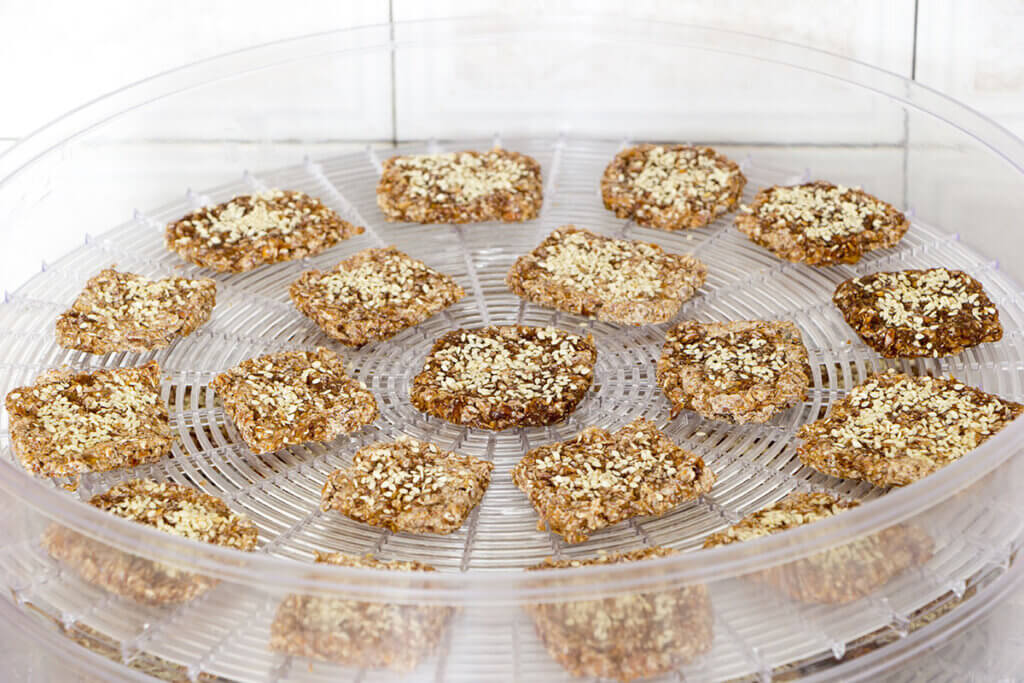
You can dehydrate whole meals — curries, purees, sauces or soups — with a dehydrator and take the powder camping or hiking. As soon as you add hot water, you’ll have a delicious meal again.
It is also possible to let dough rise and prepare yoghurt. Dehydrators are also useful tools for fermenting food.
Dehydrating does have its limits
In principle, most foods that contain water can be dried. However, there are some exceptions where drying is not possible or only possible with great effort. Eggs and milk are commercially available in powder form, but the industrial production process is so complex that no home appliances can manage it.
Other foods that are not suitable for drying in a dehydrator are those with a high fat content. For example, only cheeses with little fat or, in combination with other foods, those with a high fat content can be dried. However, the shelf life of the food containing cheese is only about two weeks. Sausages, fatty meat and fish cannot be dried, nor can avocado, which contains 15% fat.
Blackberries are only suitable for preservation in the dehydrator to a limited extent, as the drying process takes several days instead of hours. Fruit leather, however, is possible with the pureed berries without any problems.
Two different systems
When looking for the right dehydrator, you’ll tend to find two different designs: stackable and tray. The biggest difference lies in the way the warm air reaches the food to be dried.
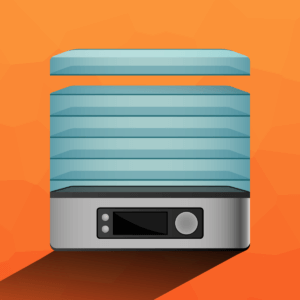
Automatic dehydrators with a stacking design
Dehydrators with a stacking design consist of a base with a heating element and several shelves stacked on top of each other. The warm air flows from the bottom to the top and is distributed evenly with the help of a fan. You can add or remove shelves as needed. However, the temperature in the upper tiers is lower than at the bottom, which is why the tiers need to be be swapped during the drying process. When opened, all the warm air and thus heat energy escapes.

Automatic dehydrators with a tray system
A dehydrator with a tray or rack system looks like a small oven with space inside for several drying trays. The heating element is located in the back, which allows the warm air to reach all levels evenly. Therefore, it is unnecessary to swap trays with each other to get the best results. If you’re drying several types of food simultaneously, you can easily remove those with shorter drying times without losing too much heat energy.
What to look for when buying
For a dehydrator to be able to preserve food well, it must maintain a constant temperature and distribute the heat evenly to remove moisture effectively. All appliances with a tray or stacking system fulfill this task, but not all are equally successful. Read on for an overview of what to look for, so you can find a model that is best suited to your needs.
Dimensions and capacity
The ideal dimensions and capacity of a dehydrator depend on your needs. The more levels or shelves, the larger the dehydrator will be. If you only occasionally want to prepare small quantities of herbs, fruit or vegetables, you do not need a large model. If you’re just a beginner, it’s a good idea to go for an inexpensive version with a stacking system—this means you’ll be able to expand it if you end up needing more space.
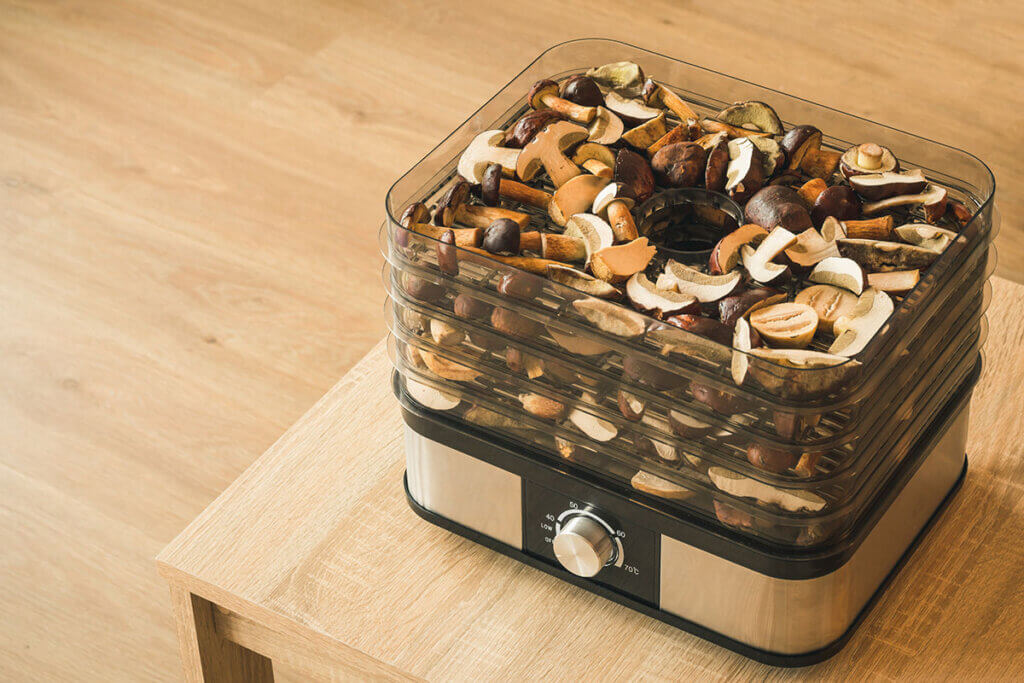
If you want to prepare larger quantities and different foods or dishes, you should go for a model with a drawer system and a drying surface of at least ten square feet (1m²). This size is particularly advisable for larger family households. Produce from your garden can also be processed more efficiently in a large appliance. The largest models with more than 100 square feet (10m²) of drying surfaces are are designed for drying during harvest season if you’ve grown a lot of vegetables, or for commercial use, less so for private households.
Temperature
Dehydrators usually have a temperature range between 120 and 160 °F (50-70 °C), but a minimum temperature of 95 °F (35 °C) is not unusual. Some models even manage 85 °F (30 °C). At temperatures below 110 °F (43 °C), raw food-quality dishes can be prepared as well as yoghurt can be made. At 85 °F (30 °C) you can let sourdough rise or prepare fresh cheese and curd.
The more things you want to put in your dehydrator, the wider the temperature range should be. Ideally, the machine should have a fully adjustable temperature control. If you find a model with stepwise controls, make sure it at least has a low temperature of around 95 °F (35 °C) and a high temperature of around 160 °F (70 °C). Herbs, for example, dry better at temperatures below 100 °F (40°C), while fish tends to require higher temperatures.
Power consumption
In addition to the purchase price, there are the electricity costs for each drying process. Most dehydrators tend to have a power output between 250 and 1,000 watts. Using this wattage, it is easy to calculate the costs per drying process. Multiply the operating time in hours by the wattage of the appliance and the electricity price per kilowatt hour and divide the result by one thousand.
For example, if a device has a power of 1,000 watts and is in operation for ten hours, it consumes ten kilowatt hours of electricity. At an electricity price of 16 cents per kilowatt hour, this results in a total cost of $1.60 for continuous operation. At 500 watts of power, the total cost would be 80 cents, and at 250 watts, only 40 cents.
The actual power consumption of a dehydrator depends on the temperature. The wattage figures are maximum values and only describe what the appliance consumes at the highest temperature setting.
Since the you probably won’t be using your dehydrator every day, the running costs of a dehydrator are low compared to dehydrating in the oven or buying dried products. In addition, very few appliances have a power rating of 1,000 watts; the average in the professional sector is more like 500 to 750 watts.
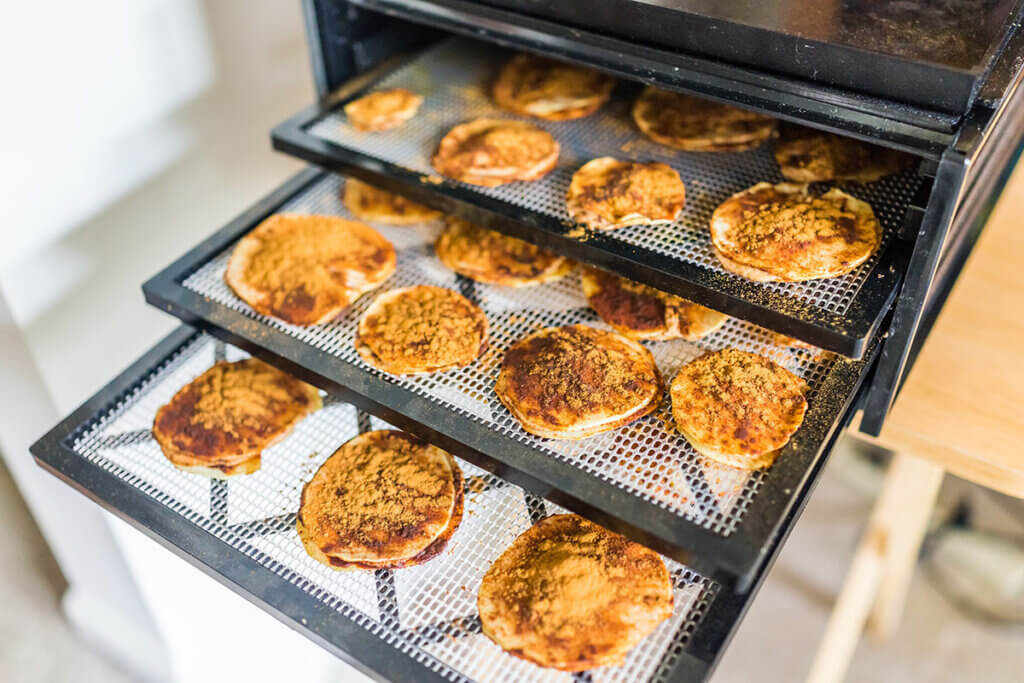
Material
Dehydrators are typically made from plastic and stainless steel. In cheaper models, the housing and shelves are made of plastic. Professional machines often have a plastic housing and stainless steel shelves. Dehydrators with stainless steel housings and shelves are relatively rare. They have the longest lifespan and are easy to clean though.
However, dehydrators made of plastic or with plastic content can also be of high quality. Most importantly, the plastic used should be free of the plasticizer bisphenol A, or BPA for short.
Practical feature: a timer
Drying food not only takes several hours, each individual food item also has its own drying time. With a timer, you can set the time so you don’t have to monitor the dehydrator periodically. If the timer is equipped with an automatic switch-off, the dehydrator will automatically stop the process after the set drying period. As you don’t need to be present, you can also dehydrate overnight or during working hours.
How much should an automatic dehydrator cost?
The price of an automatic dehydrator depends mainly on design, capacity and accessories. You can find entry-level appliances with a stacking system and a power of around 250 watts for under $40. Models with a slide-in tray system usually start at around $100. In this price range, the shelves are often made of plastic. Professional dehydrators with a dehydration surface of more than ten square feet (1m²) cost several hundred dollars. The largest dehydrators with a surface area of more than 100 square feet (10m²) often cost more than $1000.
Useful accessories
Most dehydrators have racks with drying grids. A large number of different foods can be prepared on these. If the grids get damaged or you want to make room for more food to be dried, it is worth buying extras.
For fine, very moist or almost liquid foods such as fruit puree for fruit leather, the mesh on standard grids can be too open. To process these kinds of foods, you’ll need a dehydrating foil. You can place these onto the grid to prevent the food from slipping through. After drying, the finished food can be easily removed from the foil. You might also want to use a foil when drying fine herbs to prevent them from collecting at the bottom of the dehydrator. Sticky fruit such as pineapple is also easy to separate from these foils.
Lots of models come with a crumb tray. This collects falling crumbs, fat and marinade. After drying, the compartment can be removed and cleaned. If your dehydrator doesn’t come with a crumb tray, it’s a good idea to buy one.
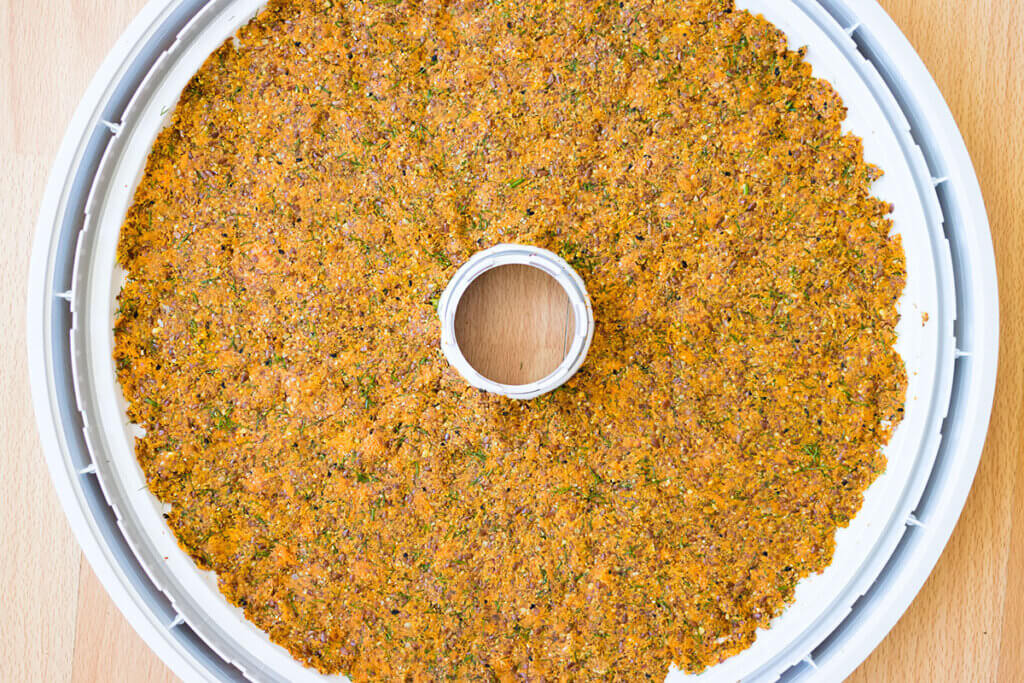
Tips for using a dehydrator
Dehydrators can be used to prepare individual ingredients as well as creative snacks and whole meals. There are a few important things you need to know to ensure succes when first starting out with dehydrating food.
Fruit and vegetables you want to dry should ideally be fresh. Any bruises or stains should be removed and any food that is moldy or infested with pests needs to be removed. After you have cleaned the food, remove stones and seeds, if present, and cut the food into equal-sized pieces or slices. Make sure that the slices are not too thin, as the volume will decrease during the drying process.
Place the food side by side on the drying grids and make sure that they don’t overlap. The heated air must reach every spot so that the food dries evenly. You can then set the temperature and—if there is a timer—the time on the dehydrator. These depend on the food or dishes to be dried.
Selecting the right temperature
As every food has different properties and requirements during preparation, it is not possible to set a generally applicable drying temperature or time. If you are preparing raw food, the temperature should be below 109 °F (43 °C). Otherwise, the setting of the temperature control depends mainly on the type of food being dried, its water content and the desired result.
Different foods require different drying temperatures. For example, while apples dry well at a temperature of 120 °F (50 °C), you’ll need temperatures of up to 160 °F (70 °C) for oranges. Strawberries, on the other hand, lose their sweetness if they go above 120 °F (50 °C). When drying fruit and vegetables, the following rule of thumb applies: the higher the temperature, the shorter the drying time and the greater the loss of nutrients.
Herbs and flowers are very sensitive, so don’t dry them at any more than 100 °F (40°C). Most fish and meat, on the other hand, can be dried at higher temperatures. In some beef jerky recipes, heating at 110 °F (45 °C) is necessary.
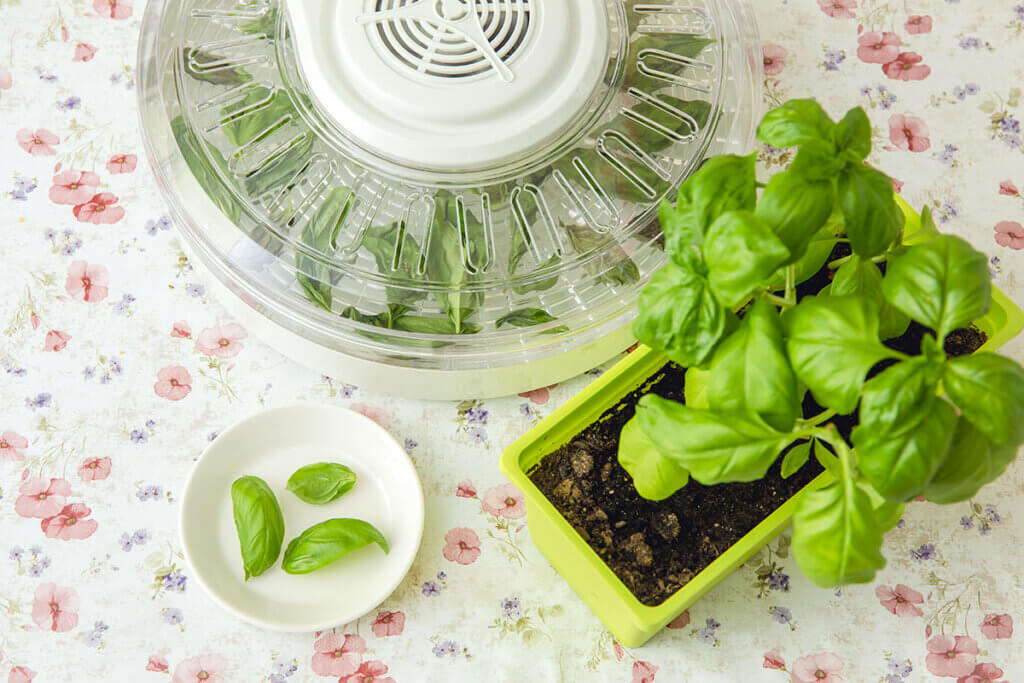
You will often find a table with the recommended drying temperatures and times in the instructions that come with dehydrators. For recipes for bread, crackers or bars, you should stick to the specified temperatures when dehydrating.
Why is raw food quality dehydrating useful?
Raw food dehydration is an important preparation method within raw food diets, but also brings benefits to non-raw foodists. Hot air warmer than 109.4 °F (43 °C) destroys or reduces heat-sensitive nutrients and vitamins. These include vitamins B and C. Instead of fresh fruits and vegetables, raw-cooked, dehydrated produce is a quick and easy way to meet your nutritional needs. In addition, the sweetness of raw dried fruit resembles the fresh version more than versions dried at higher temperatures.
The right storage
After you have gently preserved your food, it is important to store it correctly. This is because it can continue to spoil due to the remaining water content. The aim is to keep further moisture away from the dried food. Therefore, dry rooms with a constant temperature are suitable for storage. A recommended place is, for example, the pantry or the basement. They tend to be dry, cool and dark. The kitchen, on the other hand, is unsuitable because a lot of heat and moisture is generated during cooking. It only makes sense to store small portions that you expect to consume within a few days in the kitchen.
For storing dehydrated food, you’ll want some airtight containers such as jars. Tin cans are not suitable as they are permeable to air and the acidic foods will react with them. With paper bags or cotton sacks, your dried food will be susceptible to dried fruit moths. This is a small insect that lays its larvae in the dried food.
It ‘s a good idea to check your stored food regularly for mold or pests. To keep a better overview, you can label a sticker with the name as well as the storage date and attach it to the respective containers.
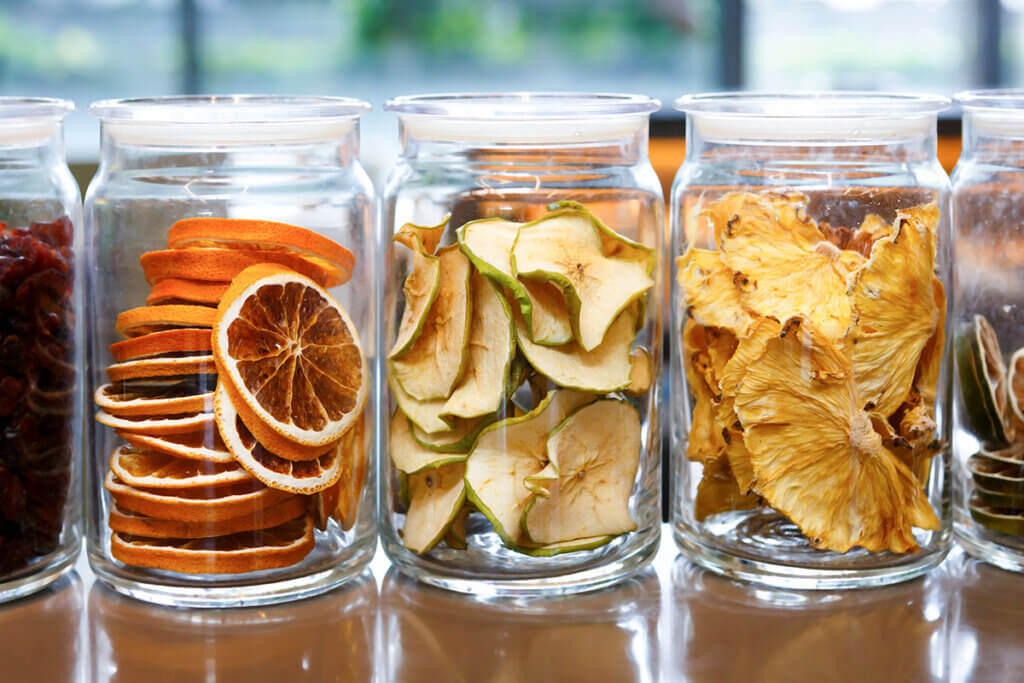
How do I clean a dehydrator?
Dehydrators can easily be cleaned with water and mild detergent. The shelves and housing should be cleaned separately. If the shelves are dishwasher-safe, you can also wipe them dry briefly and then put them in the dishwasher. You should also remove the crumb tray and clean any food residue. To clean the housing, first disconnect the dehydrator from the power supply. Give the it some time to cool down. Then you can wipe along the outside with a damp cloth and some detergent. Make sure that no moisture gets inside the dehydrator and causes a short circuit. Once the housing and dehydrator trays are dry, you can reassemble the dehydrator. It is advisable to store the dehydrator in a dry and dark place and cover it if you only use it occasionally.
Image 1: © Jekh / stock.adobe.com | Images 2–3: © FinalCheck | Image 4: © Mateusz / stock.adobe.com | Image 5: © Kristina Blokhin / stock.adobe.com | Image 6: © Viktor Kochetkov / stock.adobe.com | Image 7: © FotoHelin / stock.adobe.com | Image 8: © Aleksandr Simonov / stock.adobe.com

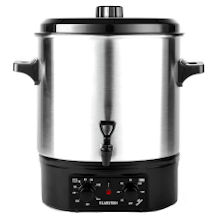
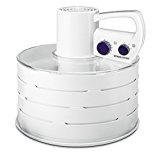
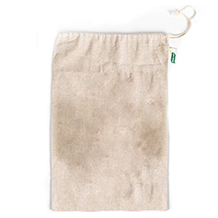
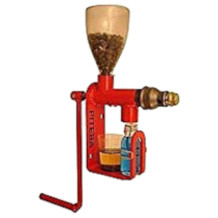
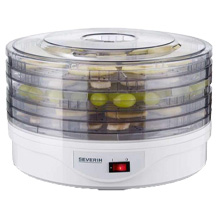
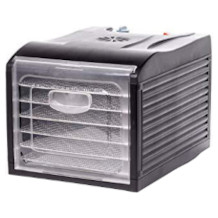
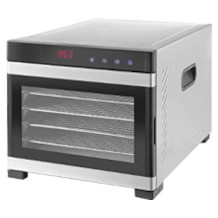
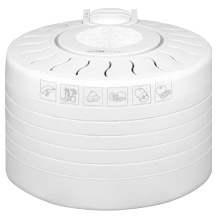
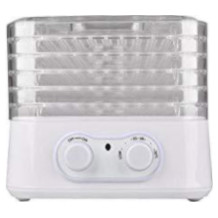
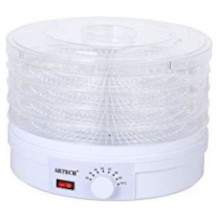
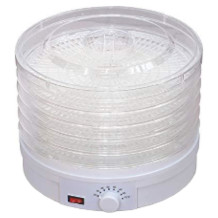
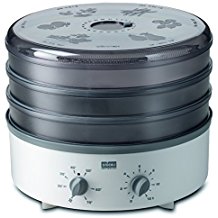
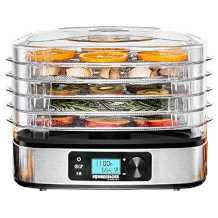
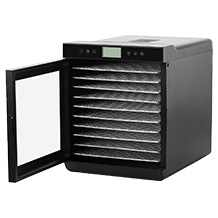
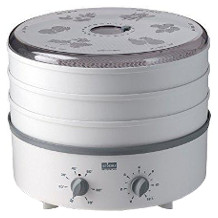

 2,260 reviews
2,260 reviews

